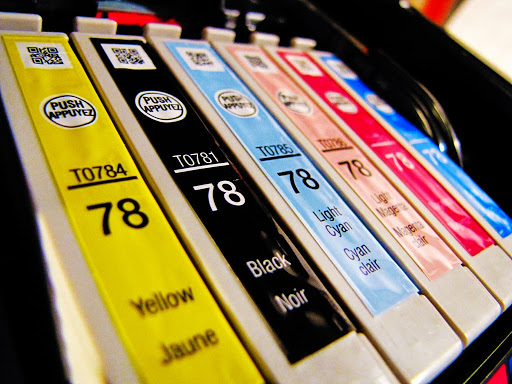Your Printer Cartridge - Toxic or Not?
Most likely you own or use a printer often at the office. As you stand by the office printer, you’ve probably never wondered about a seemingly trivial question. What does printer ink contain?
This question can be alarming when you take into account personal health, well being, and environmental safety. So how concerned do we need to be (or do we even be?) about this issue?
Printer Ink Toxicity
 |
|---|
| Via Doom at Flickr |
Overall, printer inks are non-toxic and are manufactured with strict adherence to statutory rules and safety guidelines. That said, it pays to educate oneself about the contents and ingredients of printer cartridges.
Liquid inks and toner powders for laser and inkjet printers as well as photocopy machine inks do contain some traces of ingredients such as resins and carbon black. Both used as color pigments, resins are chemically based polymers and carbon black is based from heavy petroleum products like tar. However, in most ink cartridges the primary ingredient is water, ethylene glycol and alcohol.
There is also some evidence to suggest that very small quantities of ozone may be produced during the process of printing or photocopying. The solvents used for coloring and to speed up the process of drying are often petroleum based and could release VOC (volatile organic compounds) compounds.
In tests conducted by the EPA, the possible negative impacts of exposure were examined. The possibility of skin irritation was found to be negligible. Eye irritation was seen in some cases, but there was no permanent eye damage seen in any case. The EPA classified inhalable dust or discharge from printing processes as ‘nuisance dust’; which cannot cause any damage and therefore cannot be considered a hazard.
How can you minimize any possible hazards
It goes without saying that inks should be kept out of reach of children. While non toxic, these are certainly not edible and could cause problems for children if taken internally. If printer ink is consumed, it can possibly make you feel sick but not threaten your life.
It also goes without saying that you should handle printer ink carefully, especially when it comes to refilling or recycling. If ink from the cartridge does get on to the fingers you should clean your hands promptly and thoroughly using soap and water. On the off chance that any ink gets into the eyes, splash them with cold water immediately. Other tips are:
- Ensure that the area where your printer and cartridges are stored is well ventilated. Avoid inhalation of any possible gasses or dust released during the printing process and ensure that the area is kept clean with the help of a HEPA-filtered vacuum.
- It is also important to not waste ink. Not only is printer ink an expensive resource, discarded cartridges also present an environmental challenge. So store cartridges as directed, use draft printouts when possible and prevent the drying of ink by regularly taking printouts.
- Dispose used cartridges responsibly. Many manufacturers have a recycling program that takes back exhausted cartridges so that they do not end up in landfills. Consider using remanufactured toner and ink cartridges to help support the initiative to limit the number of empty cartridges ending up in landfills.
To keep track of more useful posts such as these, subscribe to our newsletter or follow us on Facebook. If you’re looking for the best deals on ink cartridges, visit our printer ink cartridge shop
